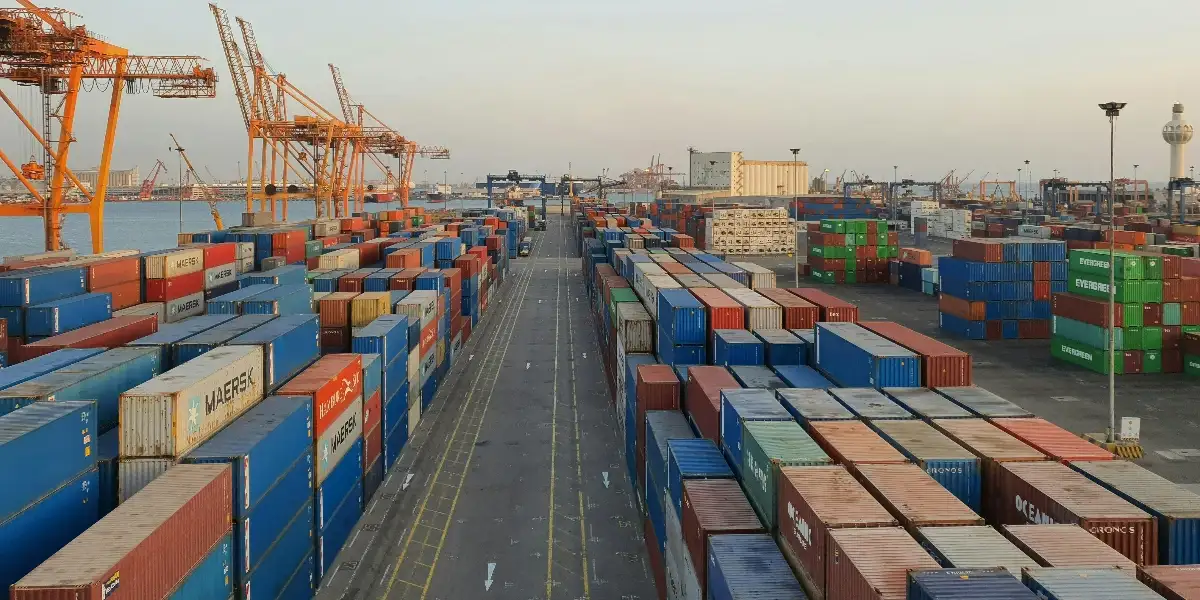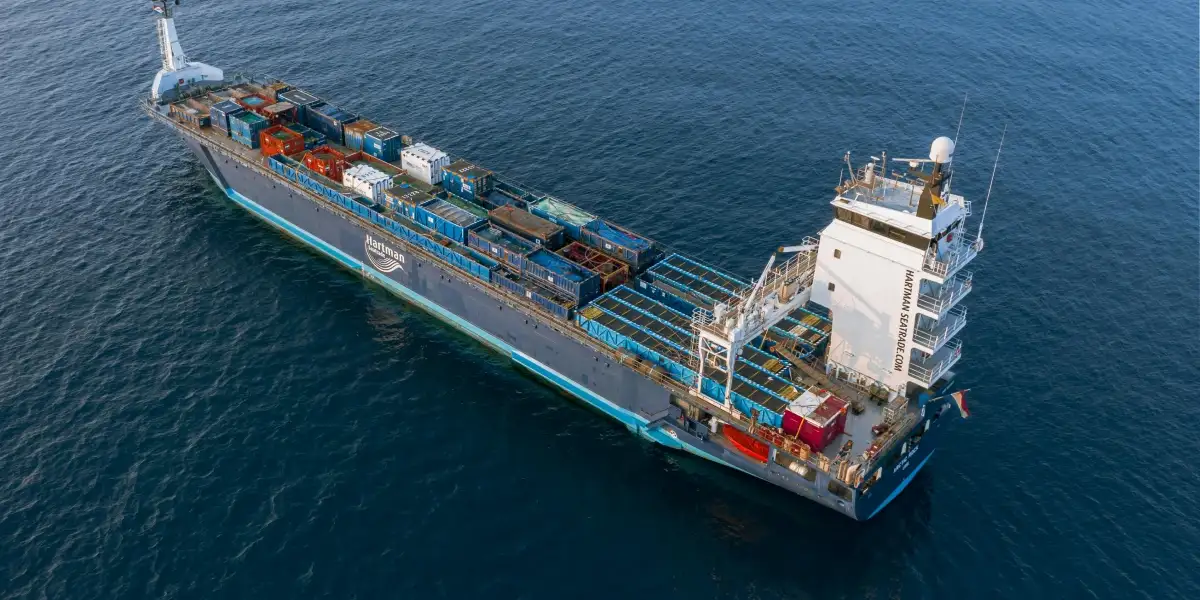Carbon Emissions Intensity
Carbon Emissions Intensity measures the amount of carbon dioxide (CO2) emitted per unit of cargo transported, reflecting the environmental impact of shipping activities.
Carbon Emissions Intensity in ocean shipping refers to the amount of carbon dioxide (CO2) emissions produced per unit of cargo transported or distance travelled by vessel. It is a crucial metric in evaluating the environmental impact and efficiency of maritime transportation, providing insights into the sustainability of shipping operations.
How Is Carbon Emissions Intensity Calculated?
The formula for calculating Carbon Emissions Intensity in ocean shipping is:
Carbon Emissions Intensity = Total CO2 Emissions (in metric tons)/Cargo Capacity (in ton-miles) or Distance Traveled (in nautical miles)
Measuring carbon emissions intensity in ocean shipping is essential for assessing the industry's progress in reducing its environmental footprint. The metric can be applied to specific voyages, shipping companies, or the entire maritime sector.
Reductions in carbon emissions intensity are often achieved by adopting fuel-efficient technologies, alternative fuels, and operational practices that enhance overall energy efficiency. One way to begin is by tracking the CO2 Emissions in ocean transportation.
As the shipping industry seeks to align with global sustainability goals, initiatives like the International Maritime Organization's (IMO) Energy Efficiency Existing Ship Index (EEXI) and the Carbon Intensity Indicator (CII) have been introduced. These frameworks aim to set standards and regulations to improve the carbon efficiency of vessels, fostering a more environmentally responsible and sustainable future for ocean shipping.







